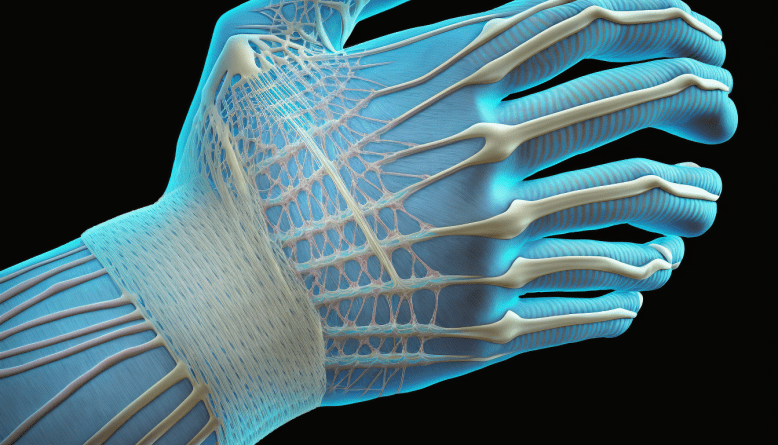As technology continues to play a major role in our lives, more and more people are spending countless hours typing, scrolling and clicking away at their electronic devices. Unfortunately, this also means that many people are experiencing the discomfort of carpal tunnel syndrome (CTS).
Carpal tunnel syndrome is a condition that arises when a nerve called the median nerve, which runs from the forearm to the hand, is compressed or pinched in the wrist. This nerve is responsible for controlling sensation and movement in the hand and fingers.
There are several signs and symptoms of carpal tunnel syndrome that you should be aware of:
1. Tingling or numbness in the fingers: This is usually the first symptom people notice. Those suffering from CTS often experience a tingling sensation or numbness in the fingers, particularly the thumb, index, middle, and ring fingers. The sensation can range from mild to severe.
2. Pain in the wrist: Another common early symptom is pain in the wrist, particularly on the thumb side. The pain may be constant or intermittent, and it can range from mild to severe. Some people may feel the pain spreading up their arm, particularly if the condition is left untreated.
3. Weak grip strength: As CTS progresses, the muscles in the hand can become weaker, leading to a weak grip. This makes it harder to pick up and hold objects, making everyday tasks such as carrying groceries or opening a jar difficult.
4. Difficulty performing fine motor tasks: People with carpal tunnel syndrome often find it challenging to perform tasks that require fine motor skills, such as typing, handwriting, and sewing. This is because the condition can affect hand dexterity and hand-eye coordination.
5. Swelling in the wrist: Though less common, some people with CTS may experience swelling in the wrist. This might be accompanied by redness and warmth.
6. Nighttime pain: Many people with CTS experience worsening symptoms at night. This can be especially bothersome, as it can lead to disrupted sleep patterns.
If you’re experiencing any of these signs and symptoms, it’s essential to seek medical attention. Your doctor can perform a physical examination, including a nerve conduction study, to diagnose carpal tunnel syndrome.
If left untreated, carpal tunnel syndrome can lead to permanent nerve damage, which can significantly impact your quality of life. Treatment options range from splinting and physical therapy to surgery, depending on the severity of your condition.
Prevention is often the best approach to CTS. Try taking frequent breaks from typing or other repetitive tasks, adjust your work station to reduce strain on your wrists and hands, and perform stretching exercises regularly to keep the muscles and tendons in your wrists and hands flexible.
In conclusion, carpal tunnel syndrome is a condition that affects a growing number of people due to the nature of our modern lifestyles. Knowing the signs and symptoms of CTS can help you seek treatment early and prevent permanent damage. By taking preventive measures, you can reduce your risk of developing CTS and keep your hands and wrists healthy.





